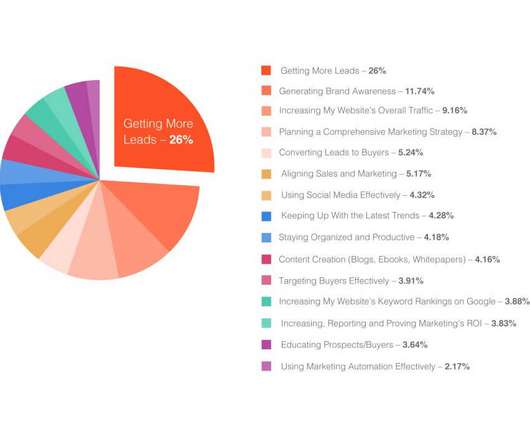What Does a Demand Generation Manager Do? (And How to Become One)
ConversionXL
MAY 27, 2022
The difference between a demand generation manager and a marketing manager is that demand generation is bigger than just marketing. Marketers raise brand awareness to capture leads that are handed to sales teams to convert into customers. DGMs see that demand is maintained throughout the sales cycle.












Let's personalize your content